You will need:
- One clear 5 litre plastic container with a lid, cheap is best
- Two 1-litre measuring bowls filled with water
- Red and blue food colouring
- Modelling clay
- Salt and a measuring spoon
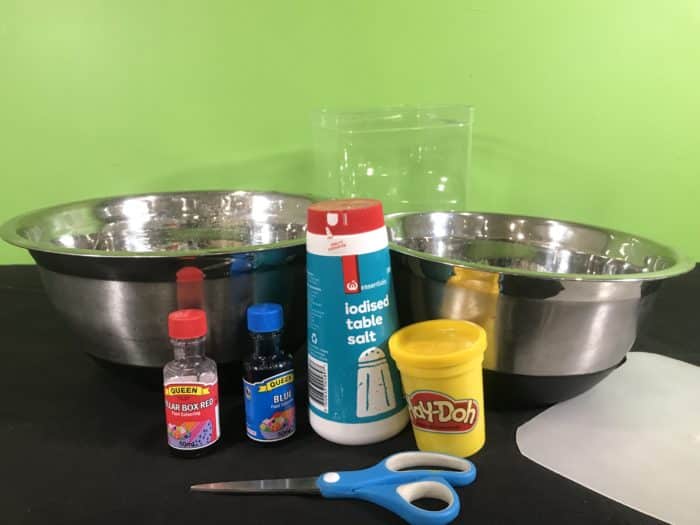
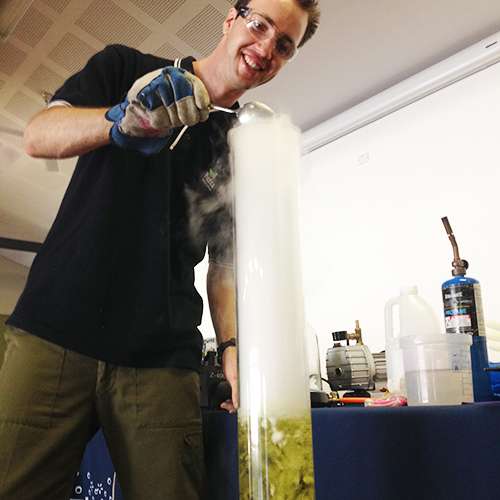
School science visits since 2004!
– Curriculum-linked & award-winning incursions.
– Over 40 primary & high school programs to choose from.
– Designed by experienced educators.
– Over 2 million students reached.
– Face to face incursions & online programs available.
– Early learning centre visits too!
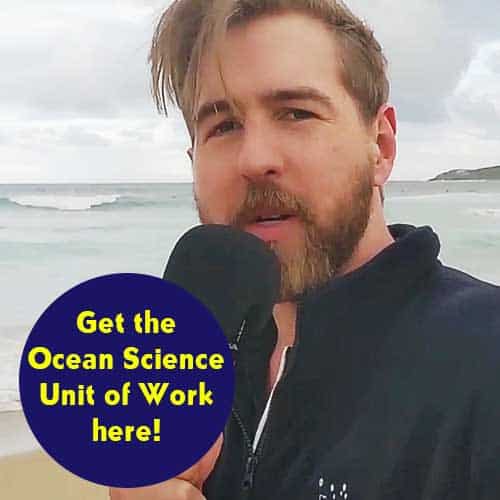
Get the Ocean Science Unit of Work!
Dive into ocean science as we look at the abiotic factors that affect life in our oceans.
- How far does light pass through water?
- How does pressure change as we go deeper underwater?
- How do ocean currents form and more!
Includes cross-curricular teaching ideas, student quizzes, a sample marking rubric, scope & sequences & more
Why Does This Happen?
Put simply, an objects density is related to the amount of ‘stuff’ in a given space. In better terms, density is the ratio of an objects mass to its volume. Adding more salt to the water made it more dense, making it sink below the freshwater above it. On average, sea water has around 35 grams of salt for every litre of water.
Density gradients drive currents to and from the polar regions of the world. When dense water masses are first formed they move towards the ocean floor. This moving mass of dense water is seeking to find a stable position along the ocean floor. As the cold salty water falls to the ocean floor, water must fill the space above it, setting up a situation for mass movement of water. As equatorial seawater warms up it expands, and is driven by wind and the differing density gradient toward the polar regions. This movement is known as Thermohaline circulation.
The movement of cold polar water towards equatorial regions provides an important source of nutrients for equatorial waters. Australian southern fisheries thrive on the upwelling of these deep ocean currents, as fish populations expand when their natural food sources have more nutrients to grow.
Variables to test
- Do you see the same thing occur if you use canola oil instead?
- What happens if you replace the salt with sugar?
Teaching about floating & sinking? from density to surface tension, our Working with Water workshop has you covered!
Get in touch with FizzicsEd to find out how we can work with your class.
Working with Water
Years K to 2
Maximum 30 students
School workshop (NSW & VIC)
60 or 90 minutes
Online Class Available
STEM Full Day Accelerator - Primary
Designed from real classroom experiences, this modular day helps you create consistently effective science learning that directly address the new curriculum with easily accessible and cost-effective materials.
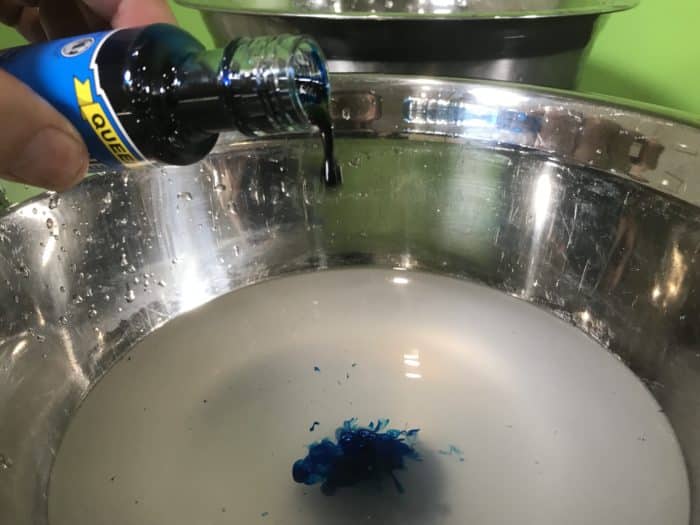
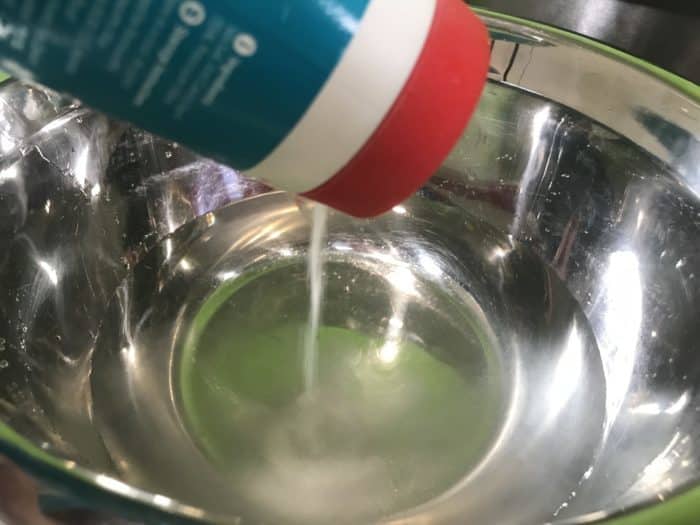
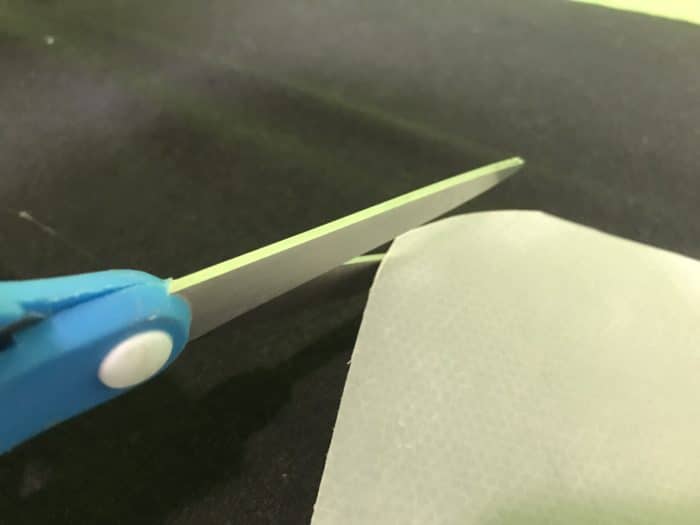
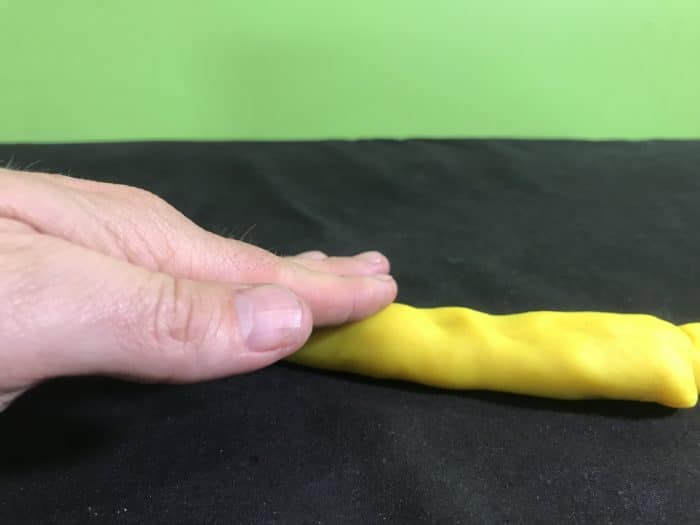
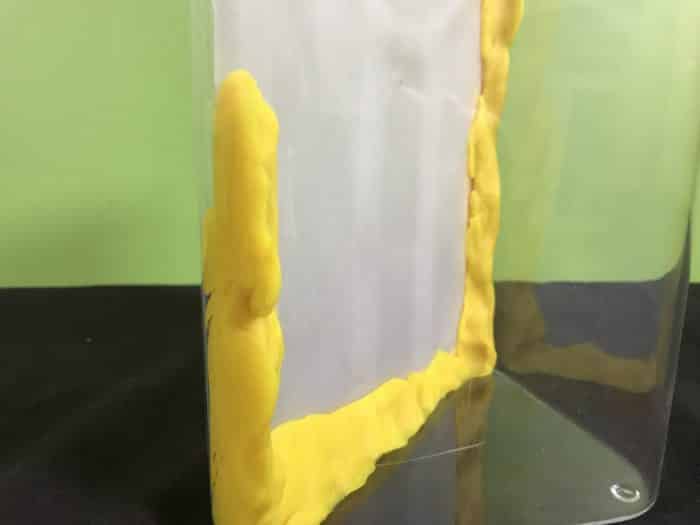
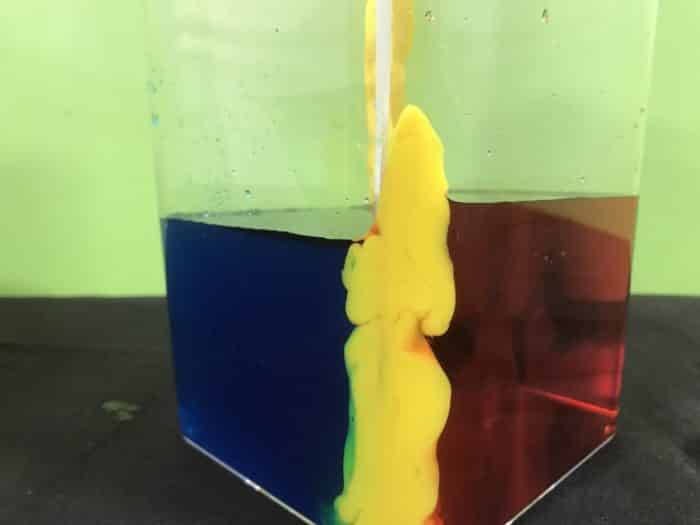
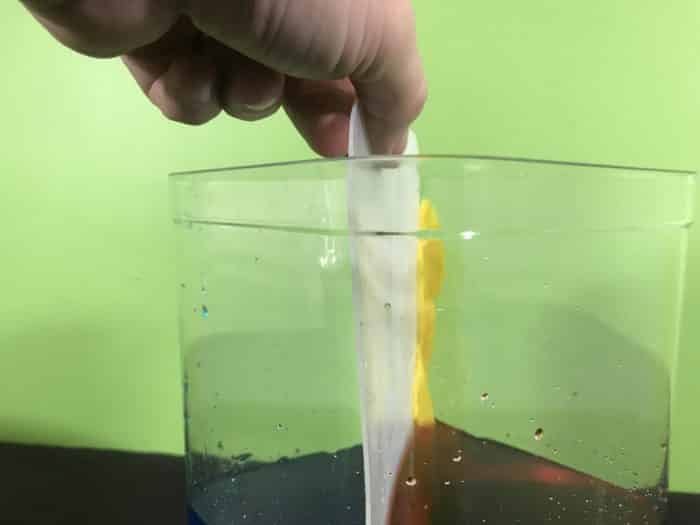


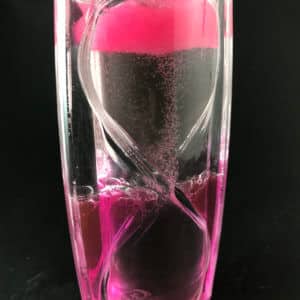
























Comments